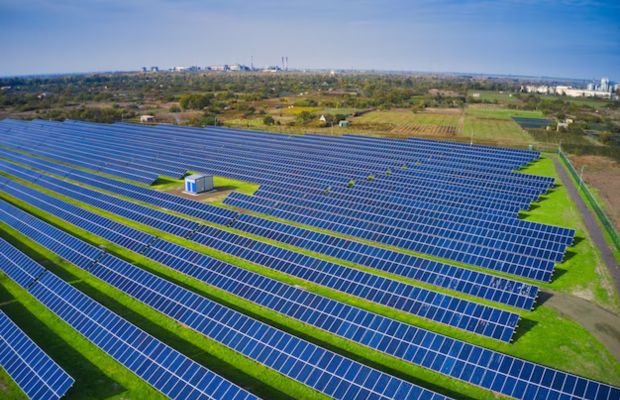China has surged ahead in renewable energy adoption, achieving or surpassing international benchmarks, a recent report reveals. According to the State Grid Energy Research Institute, China’s utilisation of renewable energy has consistently exceeded 95% since 2018, hitting an impressive 97.6% utilisation rate last year. This places China on par with developed nations like Germany in sustainable energy deployment.
In 2023, China’s renewable energy generation reached 1,469.1 billion kilowatt-hours, marking a significant 23% increase from the previous year. This surge accounted for 15.8% of total power generation, underscoring a notable 2.1 percentage point increase over the previous year. Notably, renewable energy now constitutes 34% of the country’s total installed power generation capacity, surpassing 1 billion kilowatts by the end of 2023.
The growth is underpinned by substantial investments and supportive government policies aimed at reshaping China’s energy landscape. Provinces like Qinghai, Gansu, and Ningxia Hui autonomous region lead the charge, with renewable energy accounting for over 20% of electricity consumption.
China’s commitment to renewable energy extends beyond electricity generation, with wind and solar power installations ranking first globally. Wind power installations have reached 440 million kilowatts, while solar power has hit 610 million kilowatts, reinforcing China’s position as a leader in renewable energy capacity.
The rapid expansion in renewable energy capacity has also spurred investments in infrastructure, including energy storage facilities and grid upgrades. These investments are crucial as China strives to peak carbon emissions before 2030 and achieve carbon neutrality by 2060.
Looking ahead, experts emphasise the importance of ensuring consistent energy supply amidst the intermittency of renewable sources. Professor Lu Zongxiang of Tsinghua University stresses the need for robust infrastructure, including energy storage and grid enhancements, to stabilise energy supply during periods of low wind and sunlight.
China’s ambitious targets and achievements in renewable energy are expected to have far-reaching impacts on global energy markets and climate efforts. As the country advances its emission reduction projects, including initiatives in green ammonia and biomass burning, it aims to reduce emissions by 20% per unit of power generated by 2027.

